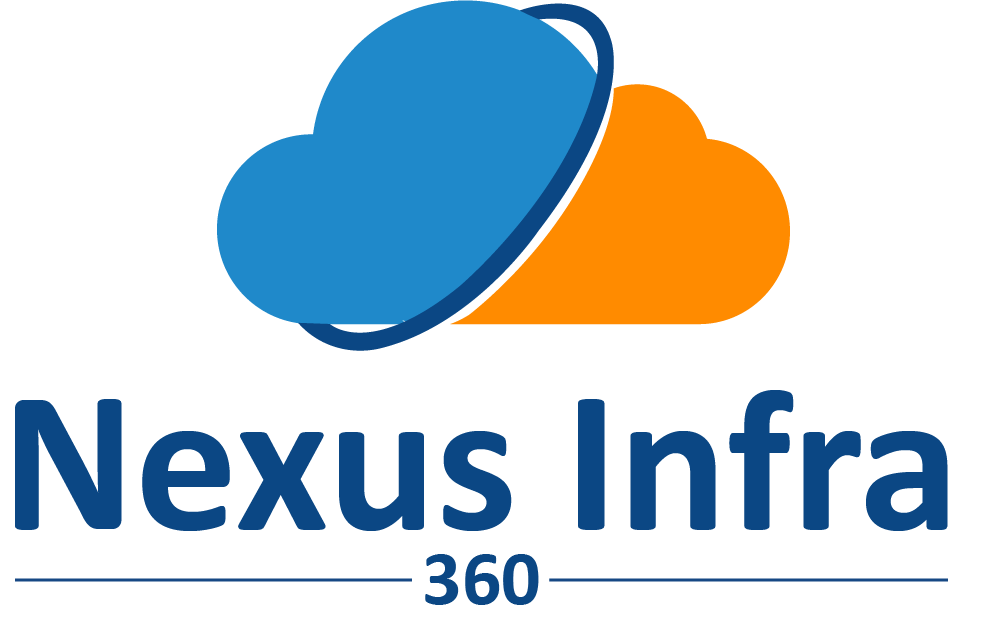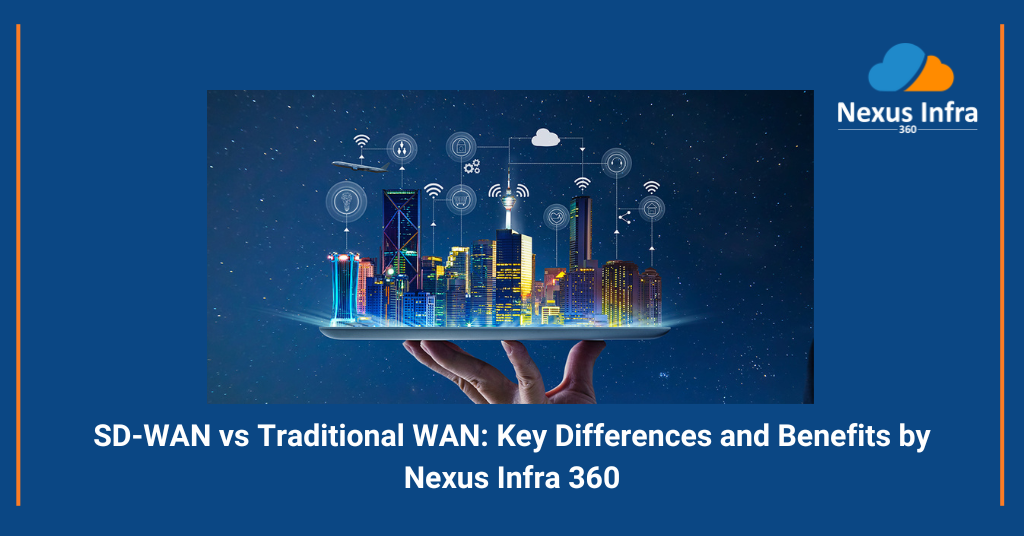Businesses rely on strong, flexible, and secure networks to connect offices, remote workers, and cloud applications. But not all networks are created equal. If you’re considering an upgrade to your network, you’ve probably come across two main options: SD-WAN and Traditional WAN. Let’s break down what these terms mean and why SD-WAN might be a better choice for modern businesses.
What is Traditional WAN?
Traditional WAN (Wide Area Network) is a network that connects different locations using physical connections, like dedicated lines or MPLS (Multi-Protocol Label Switching). It’s often managed in-house, and data moves over fixed lines, making it reliable but sometimes slow and expensive, especially when sending data to different parts of the world.
Pros of Traditional WAN:
1. Stable and Secure: Reliable, as it uses dedicated lines.
2. Works Well for Local Offices: Great for connecting physical locations.
Cons of Traditional WAN:
1. High Cost: Dedicated lines can be expensive to set up and maintain.
2. Less Flexible: It’s not easy to add new locations or adjust the network as your business grows.
3. Can Be Slow: Moving data to the cloud or across long distances can lead to delays.
What is SD-WAN?
SD-WAN (Software-Defined Wide Area Network) is a newer, smarter way to manage a network. Instead of relying on dedicated lines, SD-WAN uses software to manage multiple internet connections. It can use a mix of internet options like broadband, LTE, or MPLS, making it more flexible and cost-effective. SD-WAN is especially useful for businesses that use cloud applications or have remote workers.
Pros of SD-WAN:
1. Cost-Effective: No need for expensive dedicated lines; it uses regular internet connections.
2. Fast and Flexible: Moves data faster by choosing the best route for each piece of data.
3. Great for Cloud and Remote Work: Easily connects to cloud services and supports remote access.
4. Easy to Scale: As your business grows, SD-WAN can quickly adjust to add new locations or users.
Cons of SD-WAN:
Newer Technology: Requires a knowledgeable provider to set up and manage.
Relies on Internet Connections: Internet quality can affect performance, though SD-WAN is designed to adapt.
Key Differences Between SD-WAN and Traditional WAN
1. Cost: Traditional WAN is generally more expensive due to dedicated lines. SD-WAN is more affordable as it uses regular internet connections.
2. Flexibility: SD-WAN is highly flexible, making it easy to add new locations or users. Traditional WAN is more rigid and may need significant upgrades to expand.
3. Performance: SD-WAN often provides faster performance for cloud-based applications because it chooses the best route for data. Traditional WAN can be slower, especially over long distances.
4. Cloud and Remote Access: SD-WAN is designed with cloud and remote work in mind, while Traditional WAN can struggle with these needs.
Why Choose SD-WAN?
For many businesses today, SD-WAN is the better choice. It offers cost savings, fast and flexible performance, and is ideal for a world where cloud applications and remote work are standard. With SD-WAN, you get the benefits of traditional networking but with more efficiency and less cost.

How Nexus Infra 360 Can Help
At Nexus Infra 360, we specialize in building secure and scalable IT infrastructures. Our team can help you decide if SD-WAN is the right choice for your business and assist with setup, management, and maintenance. We ensure you get a reliable network that supports your growth and keeps your business connected.
Conclusion
Choosing between SD-WAN and Traditional WAN depends on your business needs. However, SD-WAN is quickly becoming the top choice for companies looking for flexibility, cost savings, and easy cloud access. Let Nexus Infra 360 guide you in making the best choice for your network, so you can enjoy seamless connectivity, lower costs, and greater flexibility. Reach out today to learn more!

